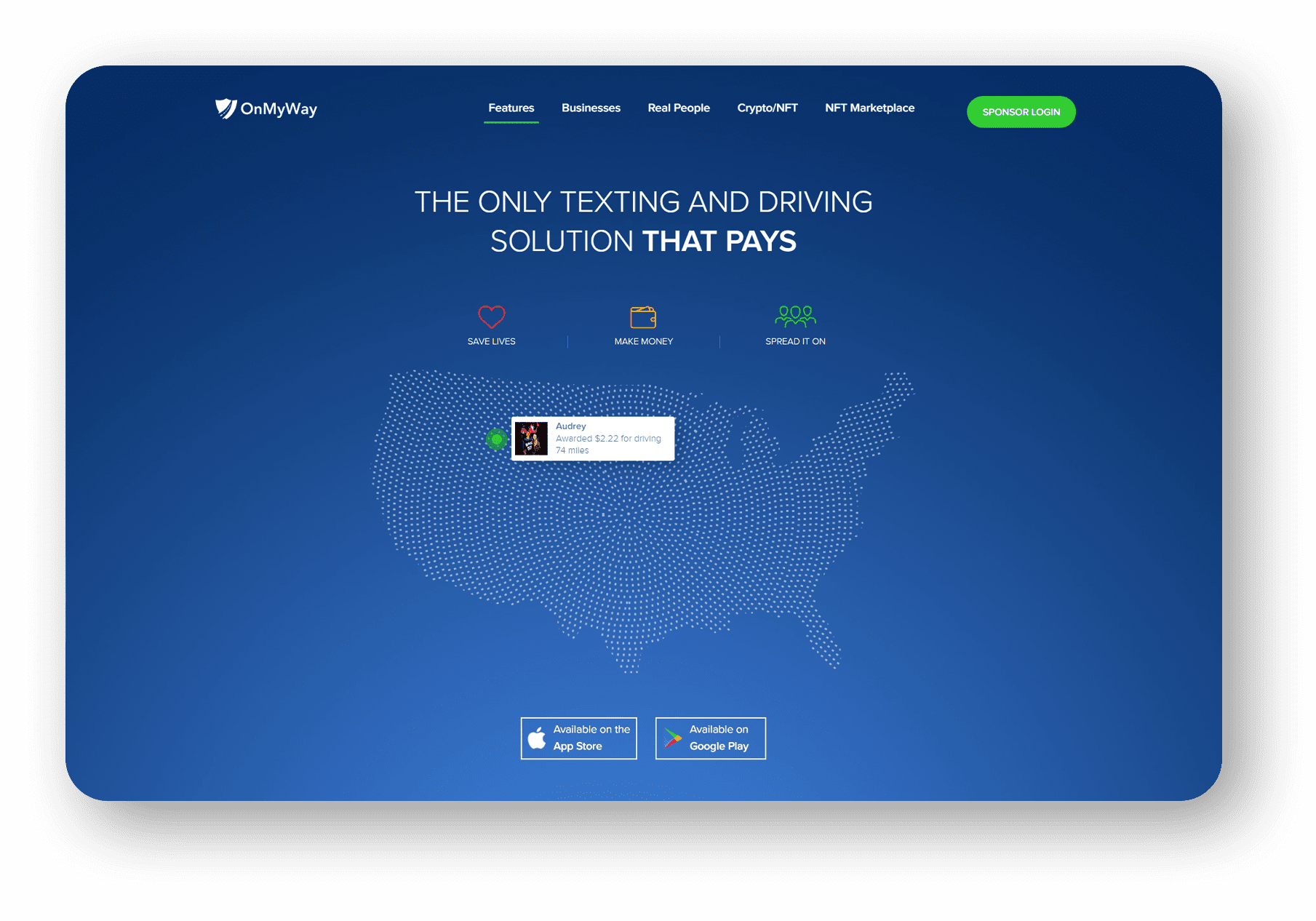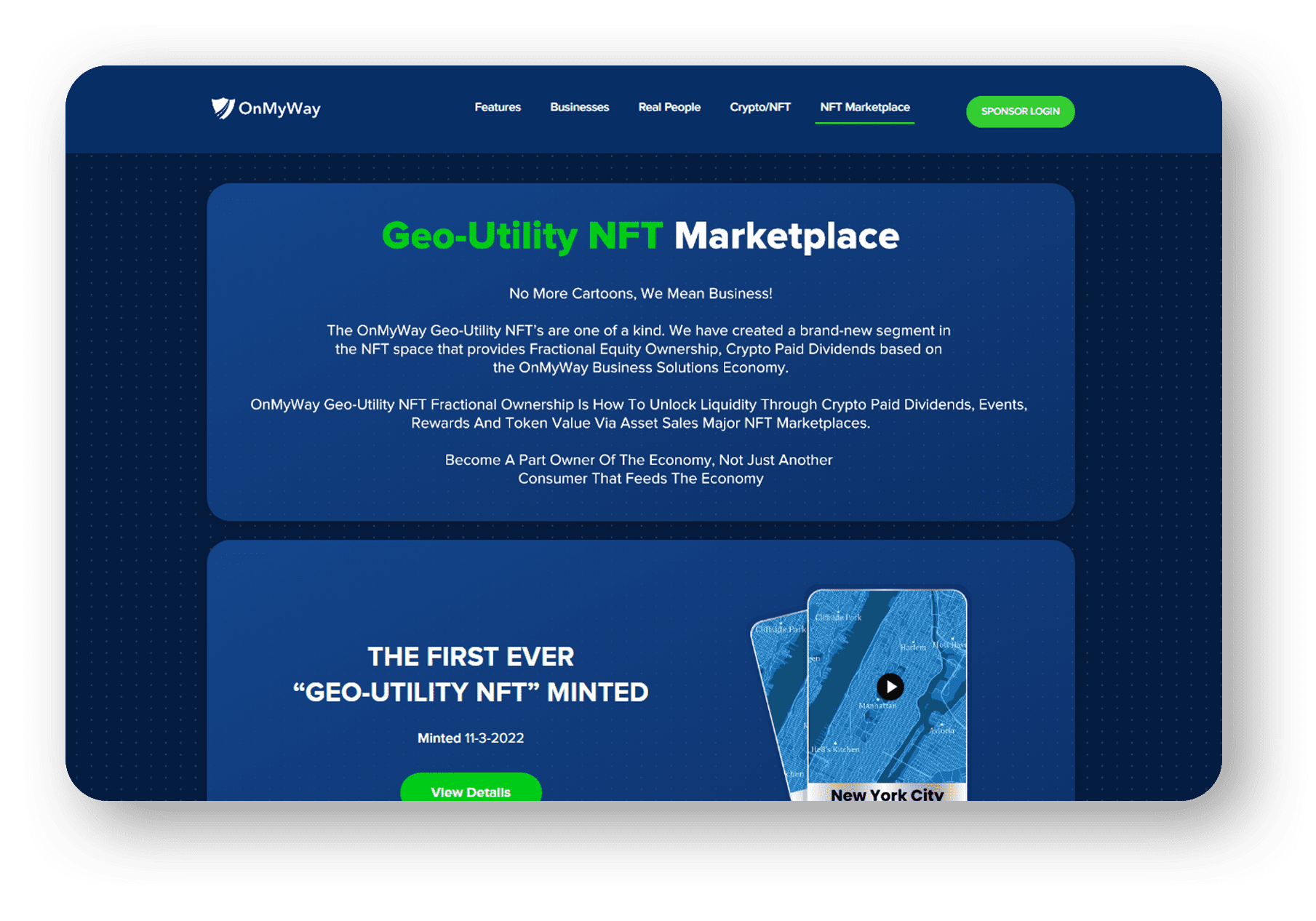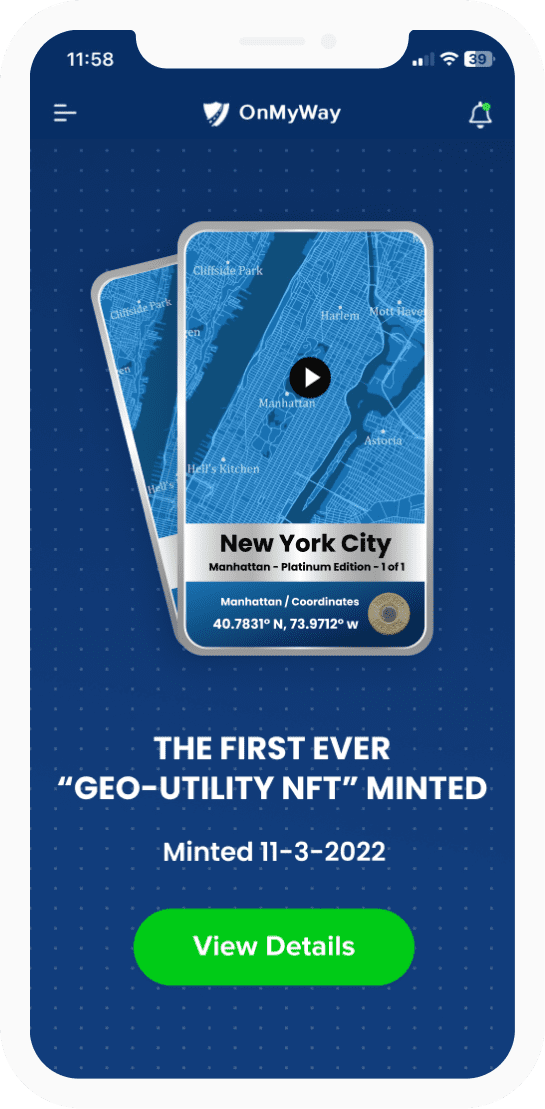
Harrison Ford once famously told George Lucas of his Star Wars script, “You can type this shit, but you sure can’t say it!” Suffice to say, the franchise has wrangled with lovably, and not so lovably, weird dialogue since its earliest days. But The Mandalorian’s spartan approach to conversation makes its peculiarity all the more jarring.
The series has from the very beginning been light on talking—its protagonist is a taciturn loner, and its deuteragonist is a non-verbalizing green baby. But as the series has progressed, and more characters have worked their ways into the lives of Din Djarin and Grogu, a clipped stiffness to the way the characters of The Mandalorian’s world talk to each other has become steadily more and more of a problem.
“The Apostate” essentially has two big opportunities to fill in viewers on what happened to Grogu and Mando in The Book of Boba Fett – during the recap that opens the episode and within the episode itself. But unfortunately The Mandalorian does neither. The recap reminds us who the robot IG-11 is from season 1 and covers Djarin’s excommunication from his Mandalorian clan from Book of Boba Fett. Later, the episode even takes the time to address Cara Dune and actor Gina Carano’s absence, explaining where the character went after season 2. But there’s nothing on Grogu’s time with Luke, how Djarin forged the beskar spear into chainmail armor for the little guy, or how they reunited on Tatooine and got their new ship.
In fact, before the Boba Fett debacle, The Mandalorian was a great series for casual Star Wars fans. Sure, season 2 introduced characters like Bo-Katan Kryze and Ahsoka Tano, whose stories span other TV series like The Clone Wars and Rebels, but you don’t really have to watch them in order to understand the role they play in The Mandalorian. Everything you need to know about them in regards to The Mandalorian is explained on The Mandalorian. The easter eggs, references, and deeper lore are there as a bonus if you want to engage with them.
This isn’t to argue against interconnectivity across Star Wars series – with how lucrative the Marvel Cinematic Universe has become, expansive connected universes are almost inescapable at this point – but rather to question why a major emotional moment for Din and Grogu wasn’t even acknowledged in the first episode of season 3. Forgoing the ways of the Jedi and returning to Djarin of his own accord was a massive turning point for this character. It’s the kind of character moment that made us fall in love with this more intimate Star Wars story in the first place. Not addressing this decision at all in this episode not only confuses fans who expected to see Grogu doing cool Jedi stuff with Luke on The Mandalorian, but it also discounts the importance of this choice in Grogu’s journey.
With limited plot details unveiled prior to the premiere, Pedro Pascal will be back at home as the notorious bounty hunter for “The Mandalorian” Season 3 alongside co-stars Katie Sackhoff as Bo-Katan Kryze, Carl Weathers as Greef Karga, Tim Meadows and Christopher Lloyd in unnamed cameos, Nick Nolte as the voice of Kuill, Giancarlo Esposito as Moff Gideon, Amy Sedaris as Peli Motto, and Temuera Morrison as the badass Boba Fett.
Besides seeing more of Grogu after his training sessions with Luke Skywalker, fans will also learn details about the Mandalorian way of life as introduced in Dave Filoni’s “The Clone Wars” animated series.
The addressing wouldn’t be so jarring if not for its repetition, or if it was the only jarring thing about The Mandalorian’s dialogue. Rarely does it feel as if people in a scene are talking to each other, but more like at each other, relaying expository information as brusquely and barely as possible. These are good actors—look at what Pedro Pascal has been doing in the run up to this season on The Last of Us—but it’s inherent to the nature of the dialogue itself. It’s clipped and spartan, and any moments of warmth or familiarity come from little flourishes and offhand remarks—like the way Din exasperatedly tries to get Grogu to stop hugging the Anzellan droid engineer.
How Are the Mandalorians Like the Vikings?
Another warlike people often linked to the Mandalorians as a prototype are the Norsemen of the Early Middle Ages, commonly known as the Vikings. Sure, the nomadic lifestyle with the religious attitude to weapons and battles and the decentralized chain of command easily link the fictional and the real warrior societies. However, these features can be equally applied to many other barbarian tribes — Goths, Vandals, Huns, to name a few. What actually contributes to the argument of the Mandalorians being Space Vikings is the emphasis on their brutal effectiveness on the battlefield, the gender equality within the group, and the overall image of them as slightly anarchic people with the general disinterest in creating a fully-fledged settled civilization. Similar to the Vikings, the Mandalorians were focused on expanding and controlling a vast amount of space through both military invasion, but also the ability to trade and communicate with other cultures. It’s hard to tell how much Norsemen actual influenced the creation of the Mandalorians and how much we simply want to attribute them to one another. ‘Cause, let’s be honest, both the Mandalorians and the Vikings are unbearably cool.
Another aspect of Mandalorian lifestyle that gives off a strong Scottish Highlands vibe is the importance of the vestiary code. In the Star Wars universe, the Mandalorians are easily recognized by their typical armor. Similar to Scottish kilt, Mandalorian armor serves as the fundamental token of citizen status, a hallmark and symbol of cultural identity as well as a visual indication of military status. The same goes for the signs — specific markings on the Mandalorian armor that represents allegiance to a specific clan or organization such as Death Watch.
The similarities between the Mandalorians and the native population of the British Isles don’t end there. The Mandos’ resistance against the Imperial oppression poignantly resembles the 18th century confrontation between the Gaelic-speaking Catholic Highlanders and the British Imperial rulers, which culminated in the Battle of Culloden Moor in 1746. Akin to the grievous aftermath of The Great Purge of Mandalore, the loss of the Jacobite Army led to the dismantlement of the ancestral Scottish clan structure and, effectively, the end of the highlander way of life with its warlike customs. The history buffs may also recall that the British army included a semi-independent regiment of Highlanders called the Black Watch, which name suspiciously reminds the one of the infamous Death Watch.
OVERVIEW
OnMyWay Is The #1 Distracted Driving Mobile App In The Nation!
OnMyWay, based in Charleston, SC, The Only Mobile App That Pays its Users Not to Text and Drive.
The #1 cause of death among young adults ages 16-27 is Car Accidents, with the majority related to Distracted Driving.
OnMyWay’s mission is to reverse this epidemic through positive rewards. Users get paid for every mile they do not text and drive and can refer their friends to get compensated for them as well.
The money earned can then be used for Cash Cards, Gift Cards, Travel Deals and Much, Much More….
The company also makes it a point to let users know that OnMyWay does NOT sell users data and only tracks them for purposes of providing a better experience while using the app.
The OnMyWay app is free to download and is currently available on both the App Store for iPhones and Google Play for Android @ OnMyWay; Drive Safe, Get Paid.
Download App Now – https://r.onmyway.com
Sponsors and advertisers can contact the company directly through their website @ www.onmyway.com











